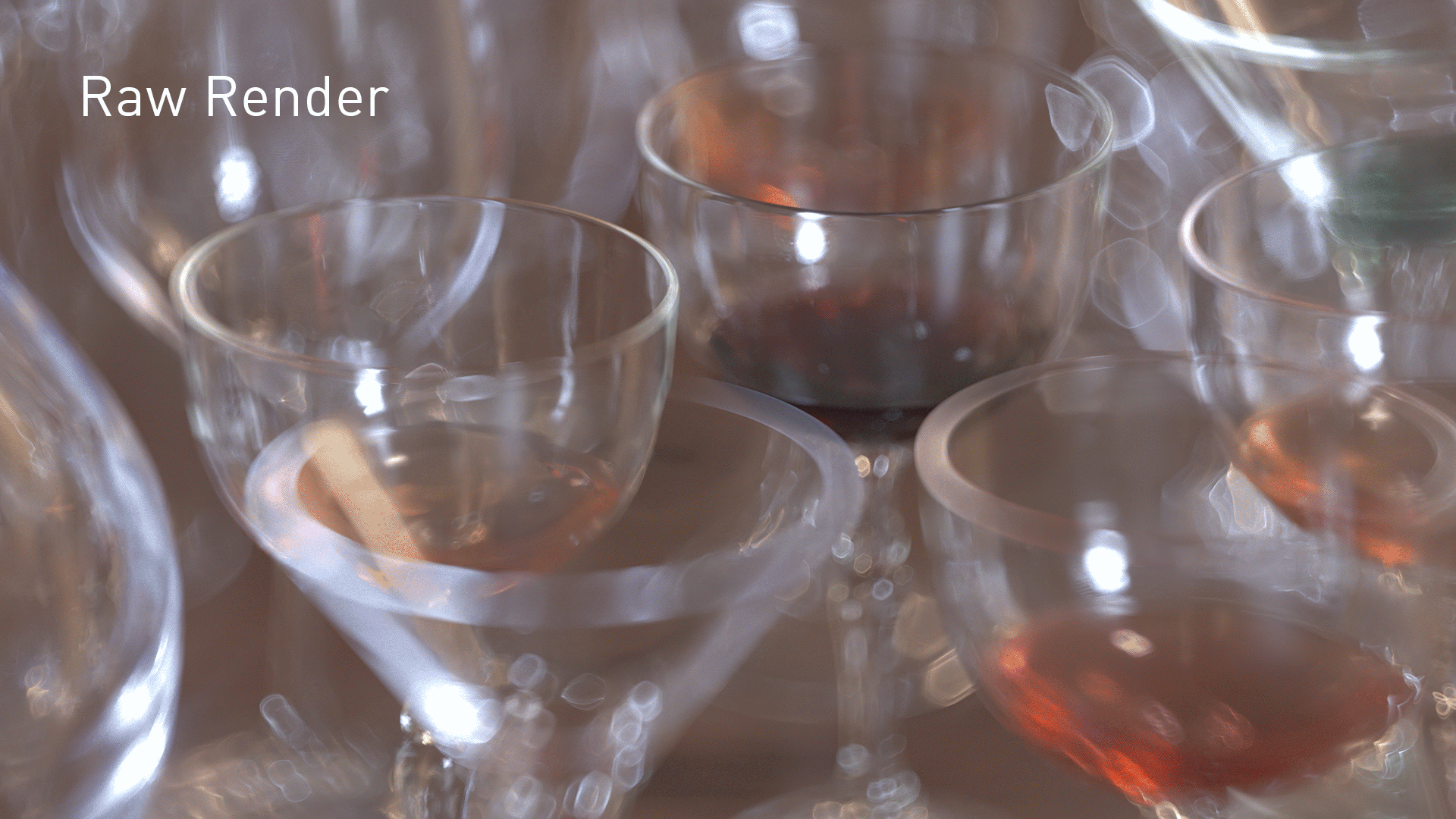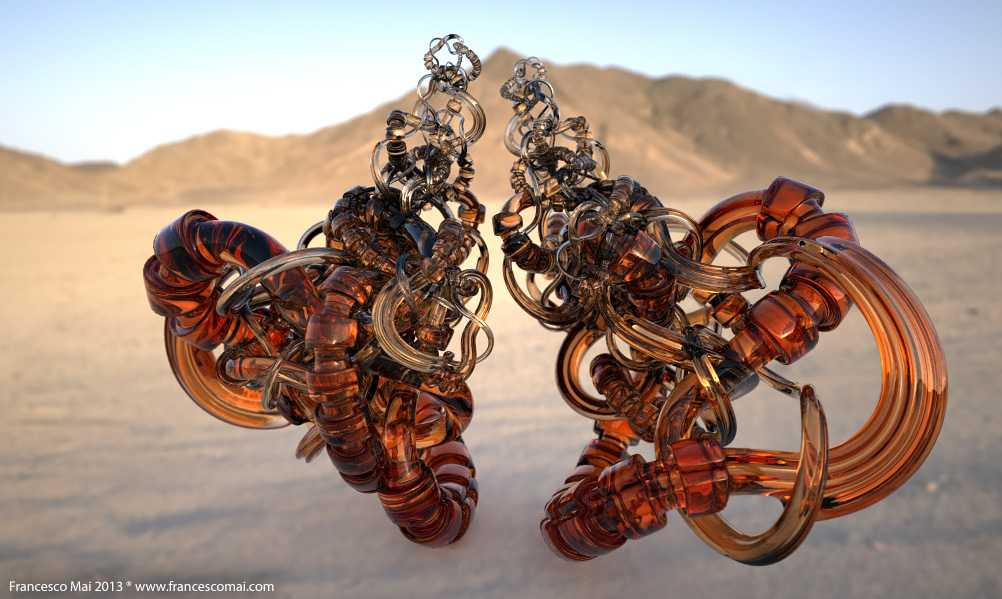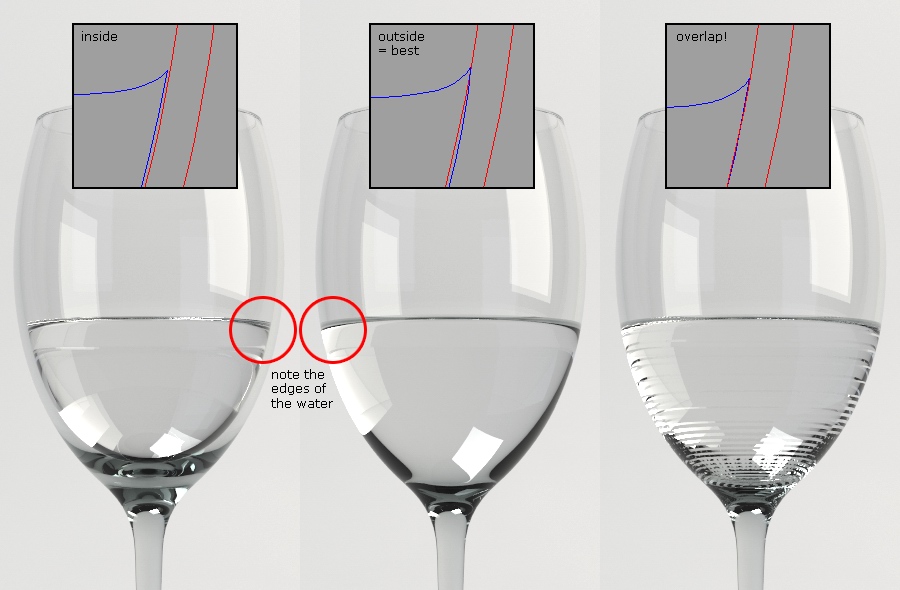

For example, In the below picture the index of refraction of red light for clear glass is about 1.50 but the index of refraction of blue light is closer to about 1.51. Each visible wavelength has a slightly different index of refraction. That's called "separation of light dispersion". When you send in white light composed of all visible wavelengths, the colors will disperse and get separated from each other. Reflect source is the environment HDR.ĭispersion is that the index of refraction for most materials are actually a function of the wavelength of the light. In the following image, the float value is used in the reflection. You can enter RGB, Float value and Texture for the amount of reflection. You will get results for sure, but it may not seem like it should be. In such case, the photons will hit the surface and reflect back and will not be able to penetrate the medium as much as necessary. Be careful not to enter high values like the reflection strength in the glossy material. Here you can enter the reflection value from this parameter. In other words, these surfaces shows both reflective and transmission properties. Most specular transmission surfaces have a reflection depending on the surface properties. We will only explain these new parameters.īy using this parameter you can control the reflection strength on your specular surface. When you select Specular, some new parameters will appear. We will not explain the parameters that we have already explained in Diffuse or Glossy section. Now let's look at Octane's Specular material options. You can find the actual IOR information of the relevant material from this site which we mentioned earlier. Therefore, knowing the true IORs of transparent materials will be a good step in creating realistic material. As the refraction rate increases, the velocity of the light in the medium decreases.Īs you can see, IOR value is a very important parameter. As this value increases, the rate of refraction increases. For example, a typical glass has a refractive index of 1.5, which means that light travels at 1.5 times slower than in the air or vacuum.


In other words, the refractive index is the ratio of light velocity in air (or vacuum) to its velocity in the transmitting medium. The refractive index (or index of refraction) of a medium is a measure for how much the speed of light is reduced inside the medium. In this case, the Transmission case should not be considered without the Refractive Index. So why does the light behave this way? The reason for this bend is due to the Refractive Index. As you can see the light entering the surface, changes its angle and continues to bend. Now suppose that the same light enters the glass this time. Inside the water, the light continues to bend. In such case, a large part of the light enters the water and continue to its travel, and some of it is reflected by the water. Let's also emphasize the importance of the index of refraction (IOR) factor here and try to explain it better.įirst, let's assume that the light in the air (or under vacuum) enters the water. That's why we can see the result of the light movement on surfaces such as glass and water. In Specular Transmission, when light enters another medium, it reduces speed, changes direction and bends. These changes depend on the optical and topological properties of the surface. Usually this three works together but when the light hit, it changes its behavior when it enters from one medium (for example air) into another medium (for example glass). As we have already mentioned, when light hits a surface, it is reflected or absorbed or refracted. The difficulty is due to the interaction of light with the surface. The most difficult, but most enjoyable type of material to study. In its simplest form, it is used to create transparent materials such as water or glass.


 0 kommentar(er)
0 kommentar(er)
